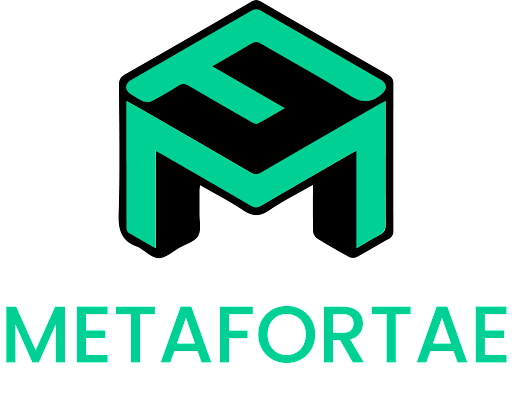Bitfinex: Bitaxe Ultra is pioneering open source Bitcoin mining hardware.


Bitaxe Ultra represents a significant development in the Bitcoin space (BTC) provides mining technology by providing a free and open source ASIC miner that leverages the efficiency of Bitmain’s BM1366 chip. According to blog.bitfinex.com, the hardware is designed to operate independently with a built-in Wi-Fi connection, supporting both solo and pool mining.
Are open source miners and home mining the future of Bitcoin mining?
Bitaxe Ultra is part of a broader trend towards open source hardware in the Bitcoin mining industry. Utilizing the BM1366 ASIC chip from Bitmain’s Antminer S19XP, this miner combines high efficiency and computational power with the transparency and collaborative spirit of open source development. The BM1366 ASIC is known for its efficiency, achieving 0.021J/GH, which allows Bitaxe Ultra to maintain significant hashrate while keeping power consumption low.
This miner is equipped with an onboard ESP32-S3-WROOM-1 microcontroller, allowing you to mine directly into the pool over Wi-Fi without an external computer. It also features an auto-tuning feature that optimizes power, heat, and efficiency. Hardware includes a TI TPS40305 buck regulator, Maxim DS4432U+ current DAC, TI INA260 power meter, and Microchip EMC2101 PWM for fan control and temperature monitoring. These components ensure effective power regulation and cooling.
The open source nature of Bitaxe Ultra allows for community-driven improvements and modifications. All design files, including PCB schematics and firmware, are publicly available, fostering innovation and aligning with the Bitcoin community’s decentralized philosophy.
Why is home mining important?
Home mining and open source hardware Dispersion and the security of the Bitcoin network. Open source mining hardware like Bitaxe Ultra allows individuals to participate in the mining process, reducing dependence on a few dominant corporate entities. This decentralization protects Bitcoin’s trustlessness principle and resistance to censorship by ensuring that no single entity can exert undue influence over the network.
Home mining also acts as a counterbalance to the centralization of mining power, which can leave the network vulnerable to regulatory pressures and potential attacks. Distributing mining power across different jurisdictions makes it more difficult for a single entity to impose restrictions that could disrupt the network and improves Bitcoin’s resilience.
Open source mining hardware promotes transparency and innovation. By allowing inspection and modification of hardware and software, the community can improve security by identifying and remediating vulnerabilities. This collaborative approach contrasts with proprietary hardware, where risks can be hidden from public scrutiny. Open source initiatives support Bitcoin’s decentralized, peer-to-peer ethos, contributing to its long-term health and stability.
What kind of open source home mining hardware is currently available?
The Bitaxe project includes a variety of models designed to suit different levels of expertise and mining requirements. The latest and most advanced version, Bitaxe Ultra, features the BM1366 ASIC from the Bitmain S19XP series. It supports standalone mining over Wi-Fi and offers a variety of mining options, making it suitable for both enthusiasts and experts.
Another model, PiAxe, integrates with the Raspberry Pi and uses the BM1366 ASIC to provide similar functionality to the Bitaxe Ultra in a more modular format. PiAxe is ideal for hobbyists who enjoy building and customizing mining hardware, with an emphasis on low-cost and low-maintenance mining.
The Qaxe model, which integrates four BM1366 ASICs, aims to achieve a hashrate of approximately 1.8TH/s and provides a powerful option for home miners. It includes enhancements for easier assembly and better performance, and supports advanced programming and debugging options.
Other notable projects include Bitcrane, which serves as a control board replacement for Antminer devices, and Nerdminer, an educational entry point to Bitcoin mining using the ESP32 microcontroller. Together with the Bitaxe model, these projects contribute to a diverse community of home miners, promoting decentralization and innovation in Bitcoin mining.
Image source: Shutterstock
. . .
tag



